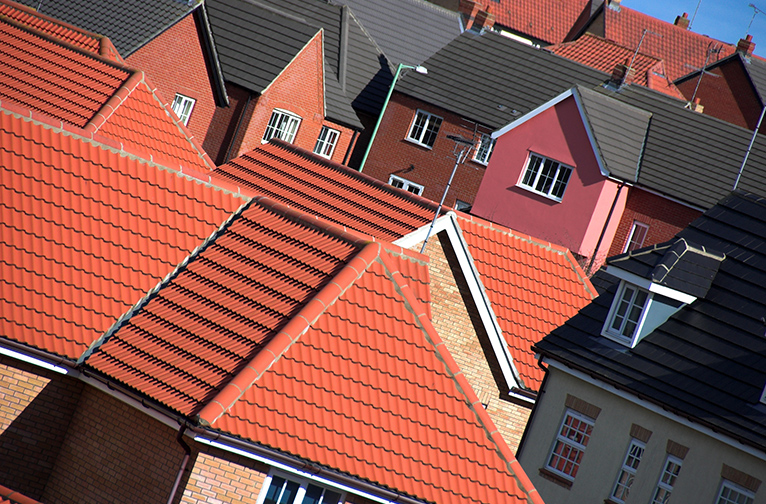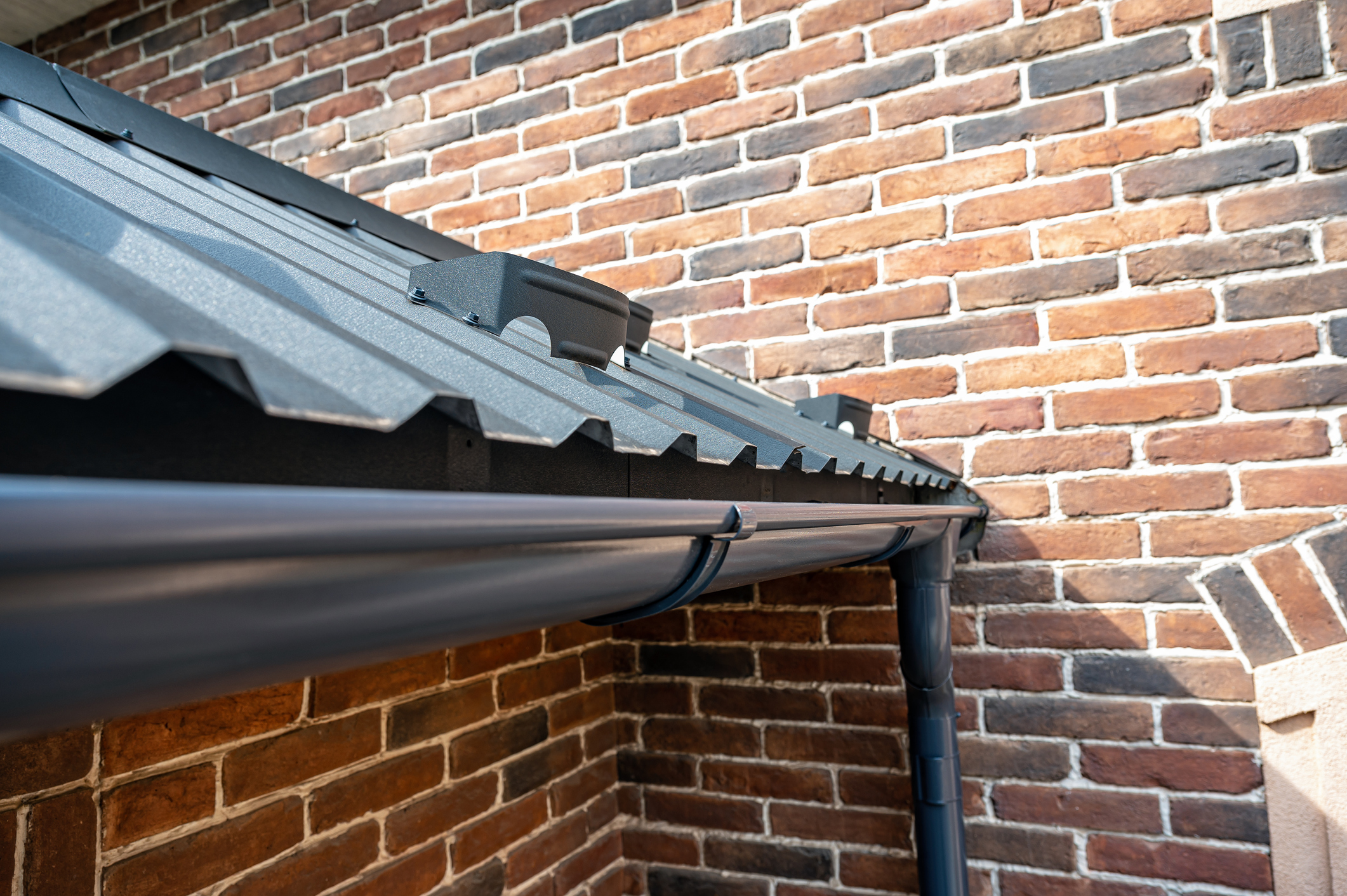Tips for protecting your home from UK weather
We all know that carrying a raincoat and sunglasses is a necessity in Britain, with its unique and unpredictable weather. Your house can bear the brunt of these changes and prove costly when it comes to energy bills. Here are some tips to help make sure you’re not caught out with any sudden weather changes.
Help your roof do its job
The roof is your home’s umbrella – keeping it dry and protected from the elements. It’s best kept free of leaks before they cause damp issues in the rest of the house.
Holes can be difficult to track down. The easiest way is if you have loft access – use a torch to look for any signs of water stains or mould. If you can’t get into the loft, you may need to get on the roof itself. Look for water, stains or mould around anything that projects through the roof, such as plumbing, vents and the chimney.

A roofing specialist can help you find and repair any damage to your roof. They get busy when we have a bit of rain, so if you haven’t had your roof checked in a while, it may be worth finding a roofing specialist in good time to make sure your roof’s in good shape to protect you against inevitable downpours.
Sloped roofs are designed to let gravity do its work, allowing water to flow in to gutters. With the mix of damp weather and sun, your roof could become a breeding ground for moss and lichen. While it might add character, water could be pooling in areas, leading to porous tiles letting water in or cracking them as the water freezes.
Read more: a guide to removing moss
Make sure water is going where it should be
Rainwater needs to be channelled away safely to avoid any water damage to the rest of the house and its foundations. Keep an eye out for any damp patches on walls and ceilings as well as stains or plant growth around the gutters themselves. Any water collecting around your house can also be a sign that water isn’t draining away correctly.

Cast iron guttering and components can rust and crack. You can check for these using a torch (and mirror to check the back). Plastic guttering is prone to developing problems due to the expansion and contraction that occurs with weather changes. Leaves and silt from the roof can get trapped and then wear away rubber gaskets with this movement or pop apart the joints.
To keep them in good order, it’s advisable to get your gutters and rainwater pipes checked once a year. A roofer will be able to help you look for issues and sort any problems that might be identified.
Stay dry with a conservatory or summerhouse
Conservatories and summerhouses are cosy spots to enjoy your garden whatever the weather. The main difference between them is that a conservatory is usually made almost completely from glass, including the roof. A sunroom can feel like more of an additional room in the house as it’s normally made with a tiled roof. The only way you can tell it apart from another room in the house is that there are more windows and they can be disconnected from the main house and located further into the garden. During BBQ season, both structures can help keep your guests nice and dry, as chances are it’s going to start raining when you least want it to.
Read more: designing your perfect conservatory
To start off a conservatory or summerhouse build, you’ll want to check if you need planning permission. Often, you won’t need it, however it’s recommended that you check the planning portal to keep up to date with current regulations. If you need help with the planning as well as the building, a conservatory specialist can take care of everything right through to the project being finished.




Thanks for these tips, perfect to keep in mind for when we get some more torrential rain. I also wondered if you’d considered how to protect your home from other types of weather, like the extreme heatwave we’re having in the UK at the moment. I know we don’t get these kind of temperatures very often but even when the sun is out and it’s not as warm, the UV rays from the sun cause gradual deterioration to the roof material and can lead to it losing its waterproof qualities (over a long period of time). Also heat itself accelerates the breakdown process and the roof becomes weaker. This is worse for black roofs which absorb more heat, obviously in this country we don’t get enough of this hot sunny weather to consider installing white roofs!
This is a really useful blog post for homeowners. As you allude, it’s so important to book regular roofing inspections, particularly when the season changes. With many common roofing problems, what it boils down to is issues being left too long and allowed to escalate. Things like clogged gutters can be easily avoided by regular cleaning. Thanks for sharing.
This is a really interesting post, the changeability of the weather in the UK means you always need to be vigilant on the effect it will have on your house.As with most things, it’s easier to prepare and protect against the weather than have to fix any damage. This post is really good at pointing out really simple ways that will save so much money in the long run!
do check your roof every year if possible before and after winter. This is affective as any leaves and moss forming you will be removing the issues of blocked gutters and valleys. This will also reveal any cracked/broken tiles or slate on your roof and can be replaced at a low cost for these small issues which can happen to anybody’s home we are advisingon how to protect your internals as if a small blocked gutter or a small crack appears we recommend to have maintained instantly before any water starts to travel and travellers can be much harder and time consuming to find and can also damage paint,plaster,timbers,electrics and these issues can cost a lot more and several of hundreds of pounds if not maintained.